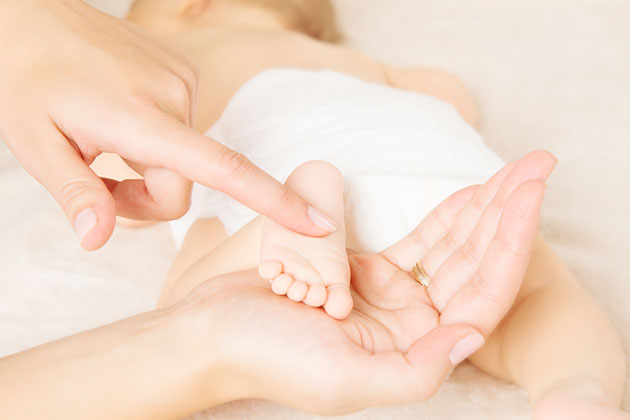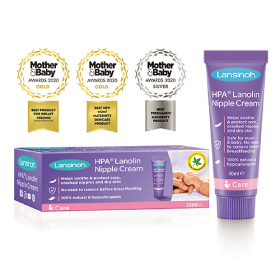Advice Articles
- Home
- Advice Articles
- Baby Skincare
- Exercising Your Pelvic Floor
Exercising Your Pelvic Floor
Whatever you do, listen to your body. If going full force back into exercising feels too overwhelming or difficult or it doesn’t feel right for any reason, take it slower and that’s ok.
Swimming is a wonderful all-round exercise, and surprisingly easy to do with a young child in tow, if you can’t get time to yourself. If your children are in arm-bands, you can swim in circles around them while they splash and enjoy watching you. Or if you go with friends, you can take turns to do lengths while the others mind the little ones. Walking can be a great form of exercise; explore where you live, or walk when you might have otherwise gotten the bus.
Any exercise you do that improves your core strength, whether it be running, pilates, yoga, or Tai Chi is great in general and will also help your pelvic floor too as many women could benefit from pelvic floor strengthening after pregnancy and childbirth. Your pelvic floor is a very important hammock-type sling of muscles, criss-crossing across your pelvis. Historically women spent so much of their day cooking around a fire, squatting down to play with children, or to chop vegetables, and squatting to go to the toilet. All these ‘squatting’ tasks would have helped to strengthen the pelvic floor though as we have evolved and our practices have become less manual, we just don’t squat as much and need to do special exercises for toning pelvic floor muscles.
So, if you can incorporate a bit more squatting in your life that may be a good thing!
If you find that you are struggling to hold on when you need the toilet or experiencing leaking a little urine at any time, then it is worth taking some pro-active action and some strengthening exercises can help. This is not something you have to suffer through.
If you’re still seeing a midwife or health visitor, they can help advise you on how to address this through exercise and you should notice a difference quite quickly if you do them as instructed. If it seems more serious and not getting better with exercise, contact your GP (or midwife/health visitor) and asking for a referral to an obstetric physiotherapist, who will examine you and assess how best to regain the strength in your pelvic floor.
Here’s a simple guide to exercising your pelvic floor:
- Lie, sit or stand with your knees slightly apart
- Tighten your back passage (as if trying to stop passing wind)
- Tighten your front muscles (as if trying to stop passing urine)
- You should feel a ‘squeeze-lift’ motion from your back passage toward your pubic bone
- Fully release and then squeeze again
- Repeat 5 times, do as many repetitions of 5 as you can – little and often is always best
- Build up the number of repetitions you do as your muscle gets strong and you find them easier to do
- Once you are able to do your pelvic floor exercises with ease then you can move onto the following exercise regime:
- Long squeezes – tighten and hold for 10 seconds, relax for 5 seconds and then repeat – build up to 10 holds for 10 seconds/relax for 5 seconds
- Short squeezes – tighten and hold for 1 second, relax for 1 second and then repeat – build up to 10 holds for 1 second/relax for 1 second
- Once you have mastered these aim to do 3 lots of long squeezes and 3 lots of short squeezes at least 3 times a day
- You can do 1 set of 10 long squeezes followed by 1 set of 10 short squeezes and repeat this at least 3 times a day
It is easy to use the wrong muscles when you first start – so if you are bearing down (like you need to have your bowels open), hold your breath, squeeze your legs together and/or clench your buttocks your exercises won’t work – if you are finding it hard to locate your pelvic floor muscles seek help from a health professional. More importantly do not regularly stop and start whilst urinating as this can damage your bladder.
Once you know what you’re doing of course, you can do them anywhere – Traffic lights, washing up, every time you brush your teeth or feed your baby. Find the time and situation that works best for you! Do your pelvic floors as they will help you throughout your life.
Related Categories
Related Articles
-

Baby Massage – The Benefits
Getting to know your baby’s skin through massage is a great way to check...
Read More -

Breastfeeding Diet
Eating well does not necessarily mean spending lots of time in the kitchen: many...
Read More -

Looking after Yourself
Most new mothers feel excited about getting to know their baby, but you may...
Read More -

Positive Co-Parenting
Co-parenting is about making joint decisions so that from day one your baby gets...
Read More -

Venturing Out and Feeding Out & About
Look out for playgroups and other social events to meet other mums and have...
Read More
Related Products
-

HPA® Lanolin Nipple Cream for Sore & Cracked Nipples
Sore nipples are very common during breastfeeding and can often be a result of the uncomfortable positioning... View
